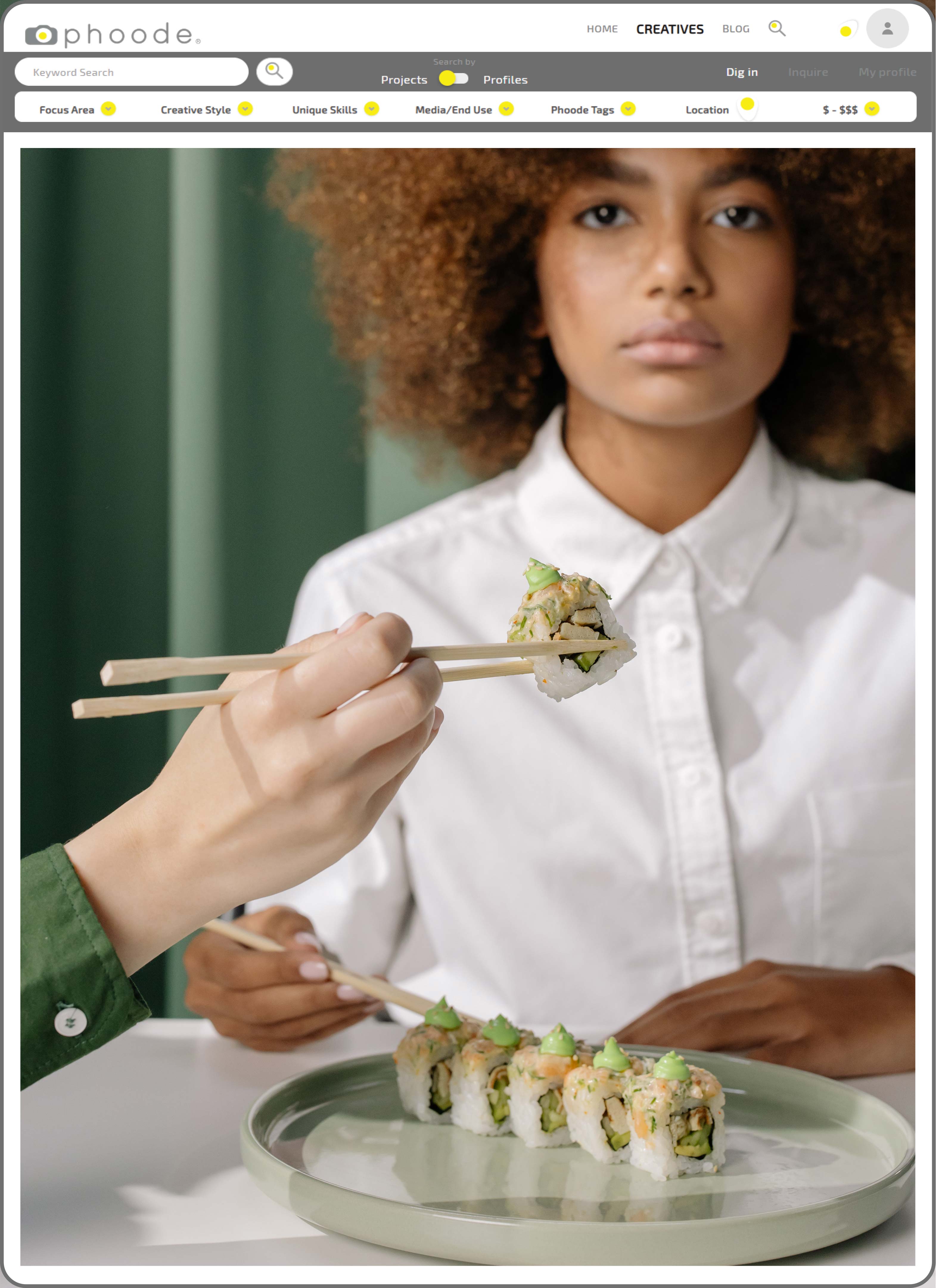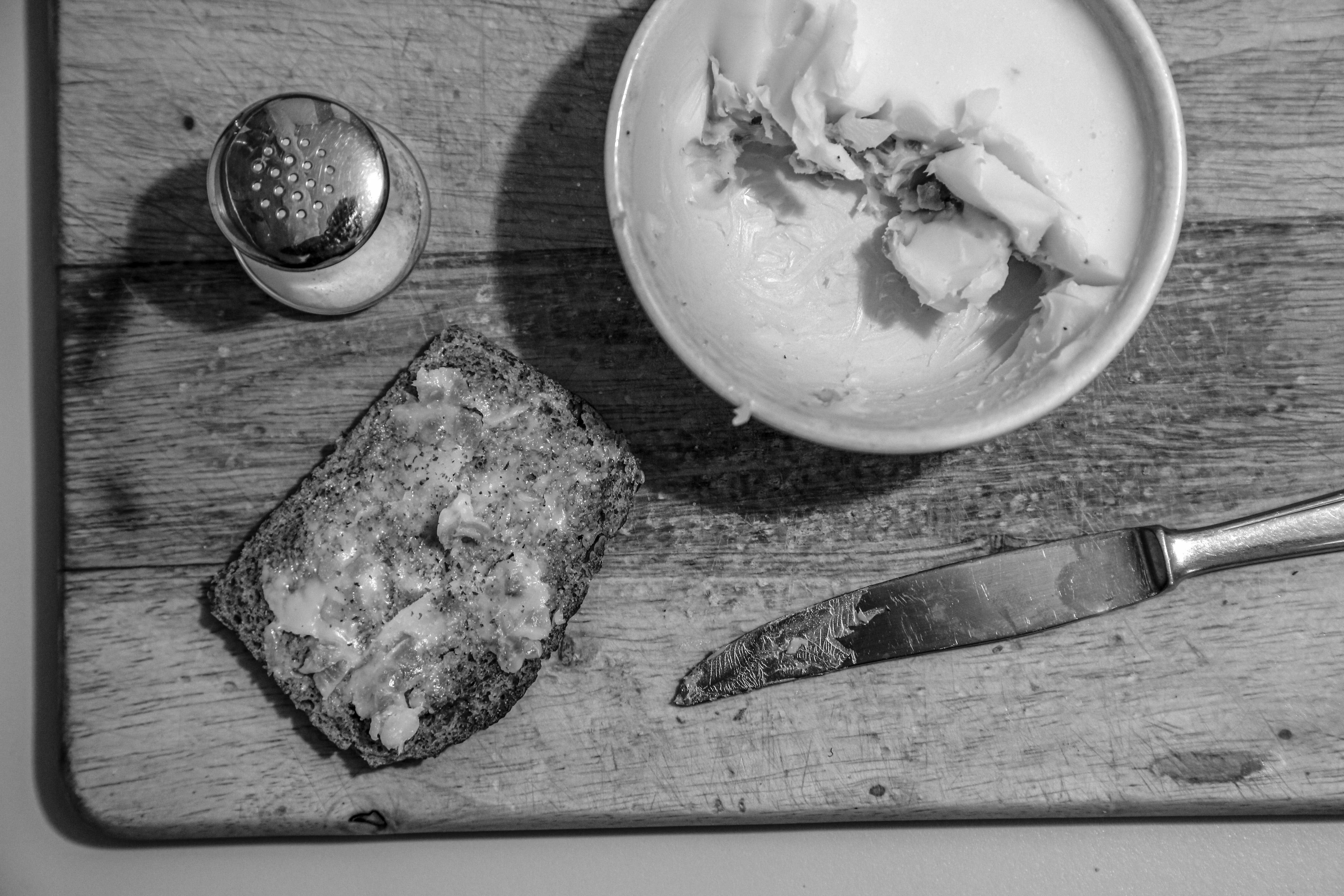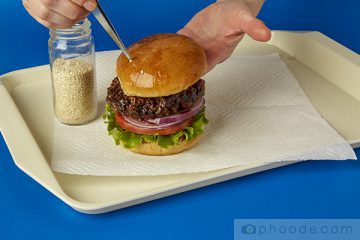Learn Lighting for Food Photography with the Book “Light Science & Magic”
Every food photographer could use a lesson in photography lighting. We are never perfect artists able to cover all bases. There is surely a lighting situation that has the potential to surprise, and possibly, even confound you. Get as familiar as you can with light, after all, the name of the medium itself comes from Greek words meaning “drawing with light”. If you don’t know about the book Light Science & Magic: An Introduction to Photographic Lighting by Fil Hunter, Steven Biver, and Paul Fuqua, it’s time to pick up a copy now. In this article we will talk about the indispensable book and a few of the best tips contained within its pages.
Photography is Art and Science
If you are aspiring to be a commercial food photographer, dreaming about getting to the top of the photographic food chain, yet lack proper photographic education, you should learn lighting for food photography by learning the exact physics behind it. As a professional commercial photographer, you will need to make a deliberate effort each time you light your set, in order to produce images that meet the client’s (sometimes quite complex) specifications. The client may want a certain area of a photographed food product or its packaging to have a shadow, while the other area of the same object needs to be significantly highlighted.
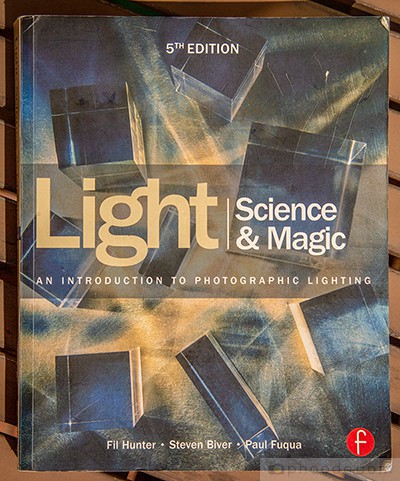
Only by understanding how light work you will be able to handle these kinds of requests without wasting too much time on trial and error. Being able to comprehend the rules of light is truly a shortcut and a passport to being a professional, more effective food photographer. Available books on food photography barely talk about the science of light. They may show you one diagram and set up, but this fantastic book (that isn’t strictly on food photography) should be a bible for every food photographer.
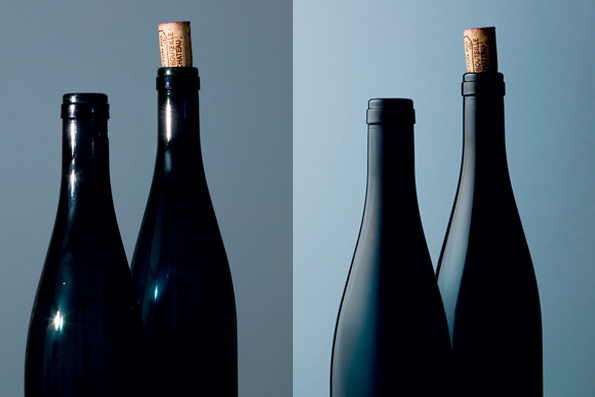
Size Matters
If you have ever shot a ton of photos like the one on the left before finally arranging your lights to give you a softer reflection, this book is for you. The clarity with which they describe the laws of light are amazing. The book talks about the science of light in general before delving into its function in photography. Throughout the book the authors offer short scientific tangents and concrete examples to help us understand complex points. For example, the bottles above illustrate the way the size of your lights affects reflections. Nothing is different between the exposures or set, only that on the right a larger light was used. Look at how much more professional and pleasing the shot on the right is! Even in the case of light reflecting off of a grape’s skin, or other smooth fruits, you can witness the same kind of difference.
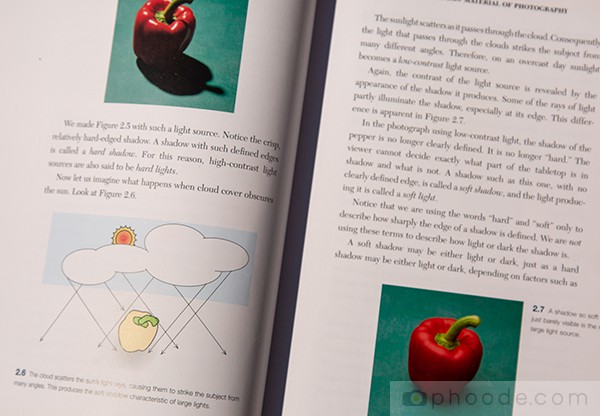
By simply moving a light closer or using a bigger light, your previous struggle of angling and balancing can be solved! Reading this reference book will send you miles ahead in your understanding of light, but, as the book itself suggests, you must test their examples as well. Without using your own equipment and playing around with micro-adjustments on your own, the diagrams and information will only halfway congeal.
Creating Texture with Light
Many pages in this amazing guidebook to the world of light are dedicated to strategies that will help you with a key element of food photography: texture. How can we shoot our food to emphasize the wonderful intricacies of its texture? How can we avoid distracting aberrations on a food items surface? These questions are answered with in-depth examples. The diagram above explains how lowering light sources so light skims off the surface of a food item will exaggerate its texture. After reading the many tips in this extensive, yet manageable book, you will save so much time in your creative food photography job.
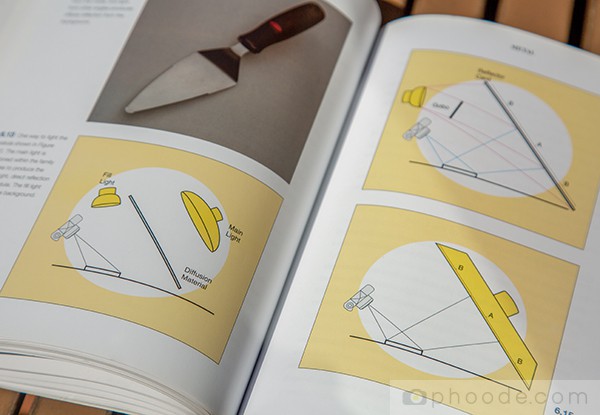
Learn Lighting for Metal Food Photography Props
To discuss the art of lighting metal food props, the book introduces the idea of a “family of angles”, which refers to the range of different possible angles of viewing that see a direct reflection off an object’s surface. Learning phrases such as “family of angles” can really improve the way you conceptualize difficult lighting ideas and communicate them to assistants, food and prop stylists, or other food photographers. Some food objects and backgrounds don’t reflect, but the metal spatula definitely does. Being deliberate and able to control unwanted reflections, or add reflections, to your food set environment is a big part of learning lighting for food photography.
These reflections are often so bright that they distract from the photographed food subject, possibly making it quite unattractive and insignificant. However, they are also a great element to create a sleek look, especially if the focus of the image is on the actual appliance or utensil with a nice metallic finish. The diagram on the right is accompanied by many other possible lighting arrangements and shows how to balance the main diffused light (which sits within the spatula’s “family of angles”) with a fill light. The beauty of the fill light is that because it sits outside of the spatula’s reflection zone, it serves to brighten what would have been too dark of a background.
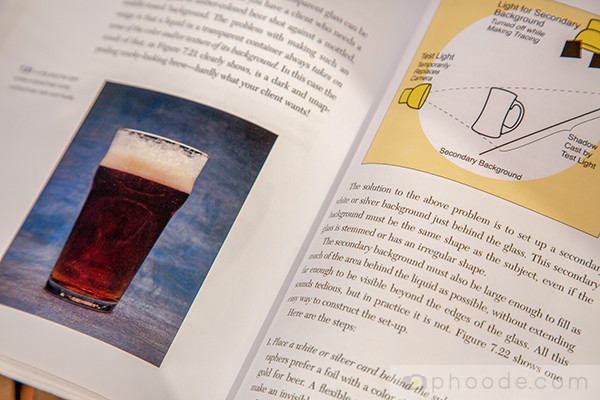
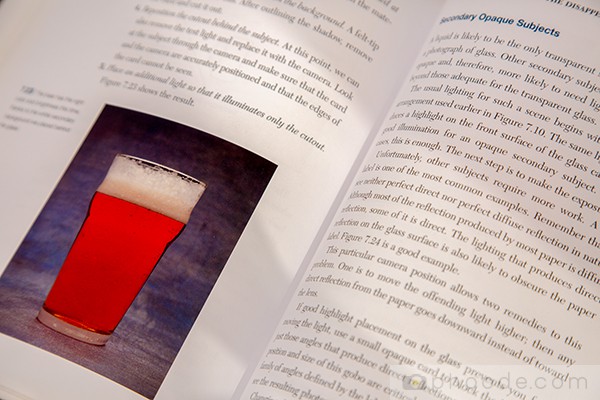
Lighting Tips for Maintaining Colors of Liquids
An amazing tip for photographing light liquids against a dark background without changing their color is shared by the generous authors of Light Science & Magic. You may not be a beer photographer, but perhaps this problem will arise at the most inopportune moment when you are shooting a scene that includes a transparent liquid. Practicing, or at least reading, how to MacGyver your way out of these sticky situations, beefs up your arsenal of lighting tricks to confront new challenges. If may seem difficult, but there is a quite simple way to correct this lighting issue. The solution involves placing a white card as a stand-in background (instead of the dark one that will actually be photographed) and tracing the shape of the beer mug’s shadow to make a secondary background. To learn the rest you have to buy the book!
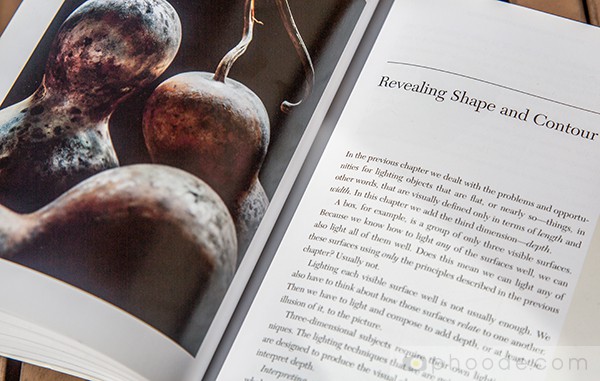
Learn Food Photography Lighting to Create Depth and Shape
The book details how tonal variation and camera angle can exaggerate or downplay the dimensions of a food object. This chapter is of special importance to food photographers because depth and shape hugely affect how delicious their subject appears. Before and after pictures like the gourd above appear frequently in the book. The gourd on the left has a nice solidifying shadow below, but the addition of a fill card to the lighting scheme makes the gourd on the right much easier on the eyes.
Sometimes the same subject is photographed 4 or 5 times with different lighting arrangements. These kinds of comparisons illustrate small adjustments. For example, when a small kicker light is added, sometimes the overall effect on the image is not so pronounced. Although, in this book they often show what the photo looks like with only that small light lit, before showing you the overall effect. This lets you know the exact amount of light each source is providing to the shot, so you can learn lighting for food photography more accurately. It is also totally within reach to do your own tests and examples like these at home!
What More Can I Learn About Lighting for Food Photography?
Well, you don’t know everything. No matter what level of photographer you are, the chances are you can still learn a lot about light and the way if behaves, reflecting off of and shaping our food. The reason being, food lighting is an amazingly broad subject, nearly no one can predict with exact accuracy how light will act in every situation. One amazing part of this book is that it gives general advice on each subject, then delves deeper into more and more specialized information. There is no doubt you will learn a great new lighting trick.
There are many helpful books for food photographers, but this one will definitely stay with you a long time, it demands a lot of attention. This article is a short review of what is actually 400 pages of brilliant and relatable text, photographs, and diagrams. The authors address hard to manage lighting situations involving metal and glass, which sometimes may not seem of particular importance to food photographers. The fact is, most of these challenging materials are frequently shot by food photographers. Or, the exact properties that make them hard to shoot are possessed by the food items themselves. To learn lighting for food photography there are few better options than this highly educational resource.
Have you read this book and learned a great tip? Do you know another book that help you out in a different subject? Please comment below!






